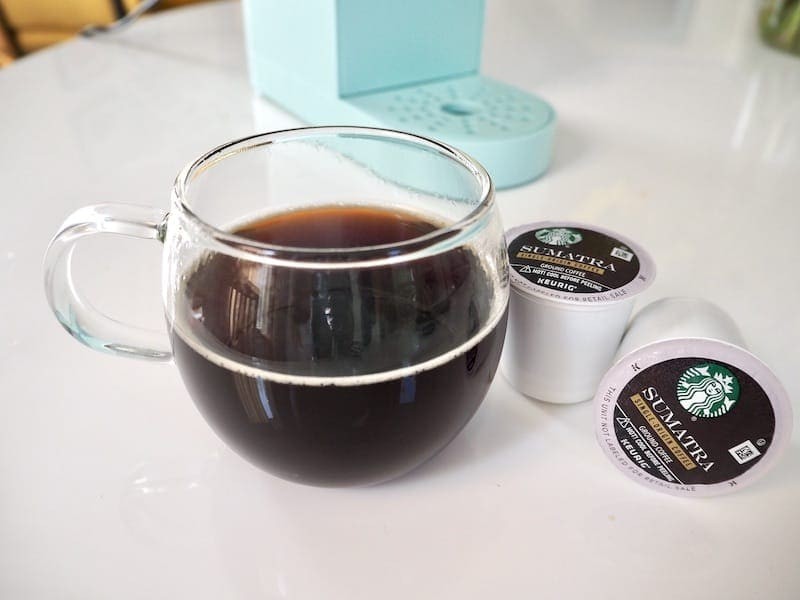Determining the caffeine content in your K-Cup might seem straightforward, but various factors can make it a bit tricky. This guide breaks down the elements influencing caffeine levels in K-Cups, helping you estimate your intake effectively. Whether you’re monitoring caffeine for health reasons or simply curious, understanding these nuances is key.
K-Cup Caffeine: The Basics You Need to Know
Generally, an 8-ounce cup of medium-roast drip coffee contains around 100 mg of caffeine. This serves as a good starting point. So, how does this translate to K-Cups?
Most standard K-Cups contain between 90 and 140 mg of caffeine. However, this range doesn’t apply universally. Some brands, like Death Wish Coffee, offer K-Cups with significantly higher caffeine content, reaching up to 472 mg per cup. These high-caffeine options are typically clearly labeled.
The Importance of Coffee Weight in K-Cups
Outside of extreme examples like Death Wish, knowing the weight of the coffee grounds in your K-Cup can help you estimate the caffeine content more accurately. A general rule of thumb is that coffee contains roughly 85 mg of caffeine per 10 grams of coffee.
K-Cups usually contain between 10 and 12 grams of coffee. Using the 85 mg per 10 g rule, you can estimate that a typical K-Cup has between 85 mg and 102 mg of caffeine. Checking the packaging for the specific weight of the coffee in your K-Cups will provide a more precise estimate.
How Roast Level Affects Caffeine Content
It might surprise you to learn that the roast level of your coffee influences caffeine content. Dark roast coffee tends to have slightly less caffeine than light roast coffee, measured by weight.
Many associate dark roasts with a bolder, more intense flavor, assuming the caffeine content is higher. However, the darker the roast, the more caffeine is lost during the roasting process. If you’re looking to reduce your caffeine intake without giving up coffee altogether, switching to a darker roast K-Cup can be a simple solution.
Considering Daily Caffeine Intake Recommendations
Most health organizations recommend limiting daily caffeine intake to under 400 mg. This equates to approximately four cups of regular-strength coffee or four standard K-Cups. If a healthcare professional has advised you to lower your caffeine consumption, err on the side of caution and overestimate the caffeine content in your K-Cups.
For instance, if you consume two K-Cups of dark roast coffee daily, you can be reasonably sure you’re staying within the 400 mg limit. Even if those K-Cups contain 150 mg of caffeine each, you’ll still be under the recommended daily maximum.
Conclusion: Understanding Caffeine Levels in K-Cups
While pinpointing the exact caffeine content in your K-Cups can be challenging, this guide provides helpful tools for making accurate estimations. By considering factors like coffee weight and roast level, you can better manage your caffeine consumption.
If you have specific health concerns regarding caffeine intake, consulting a healthcare professional is always the best course of action. Their expertise can ensure you’re making informed choices for your well-being. Enjoy your coffee responsibly and safely!
